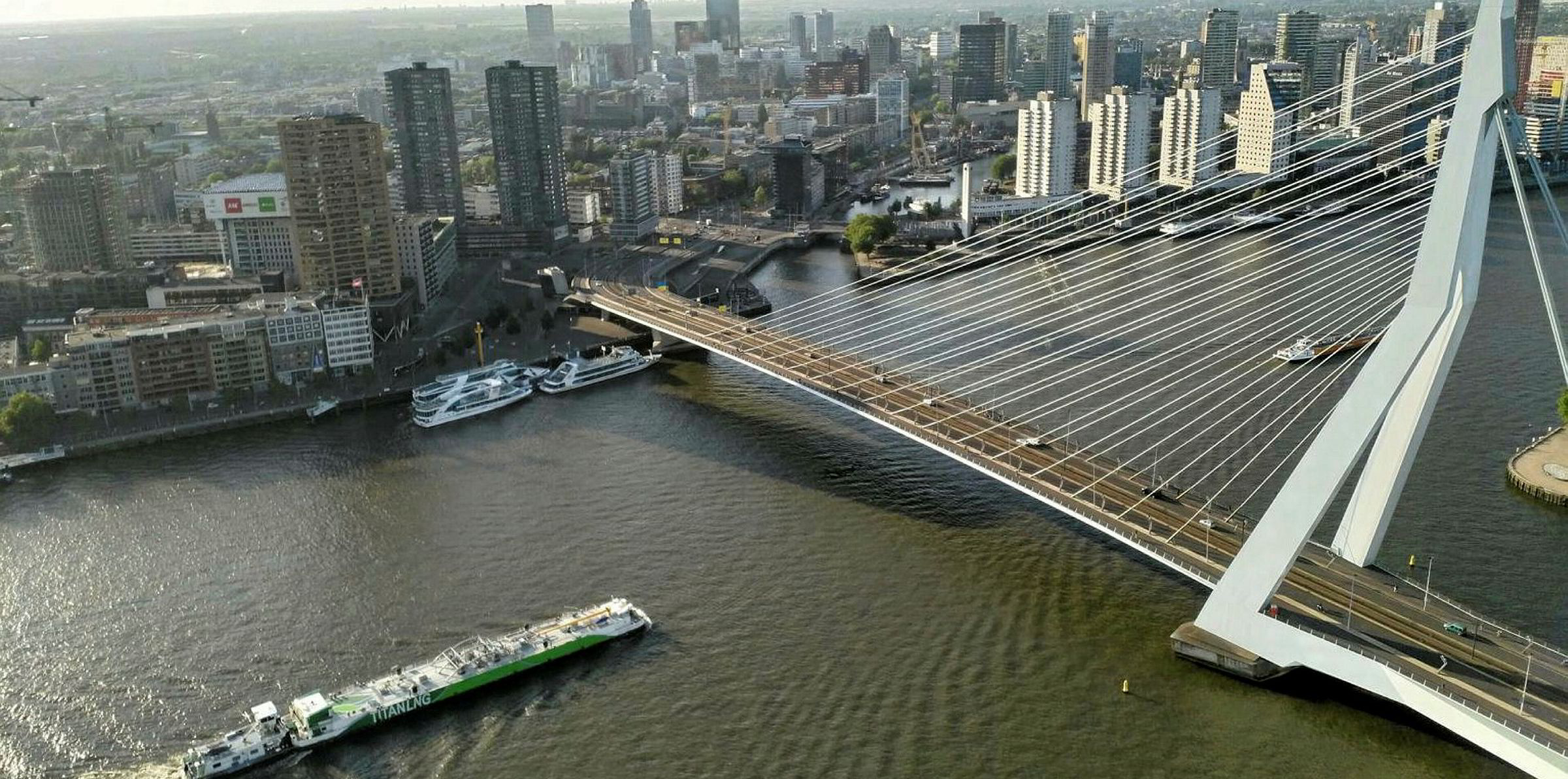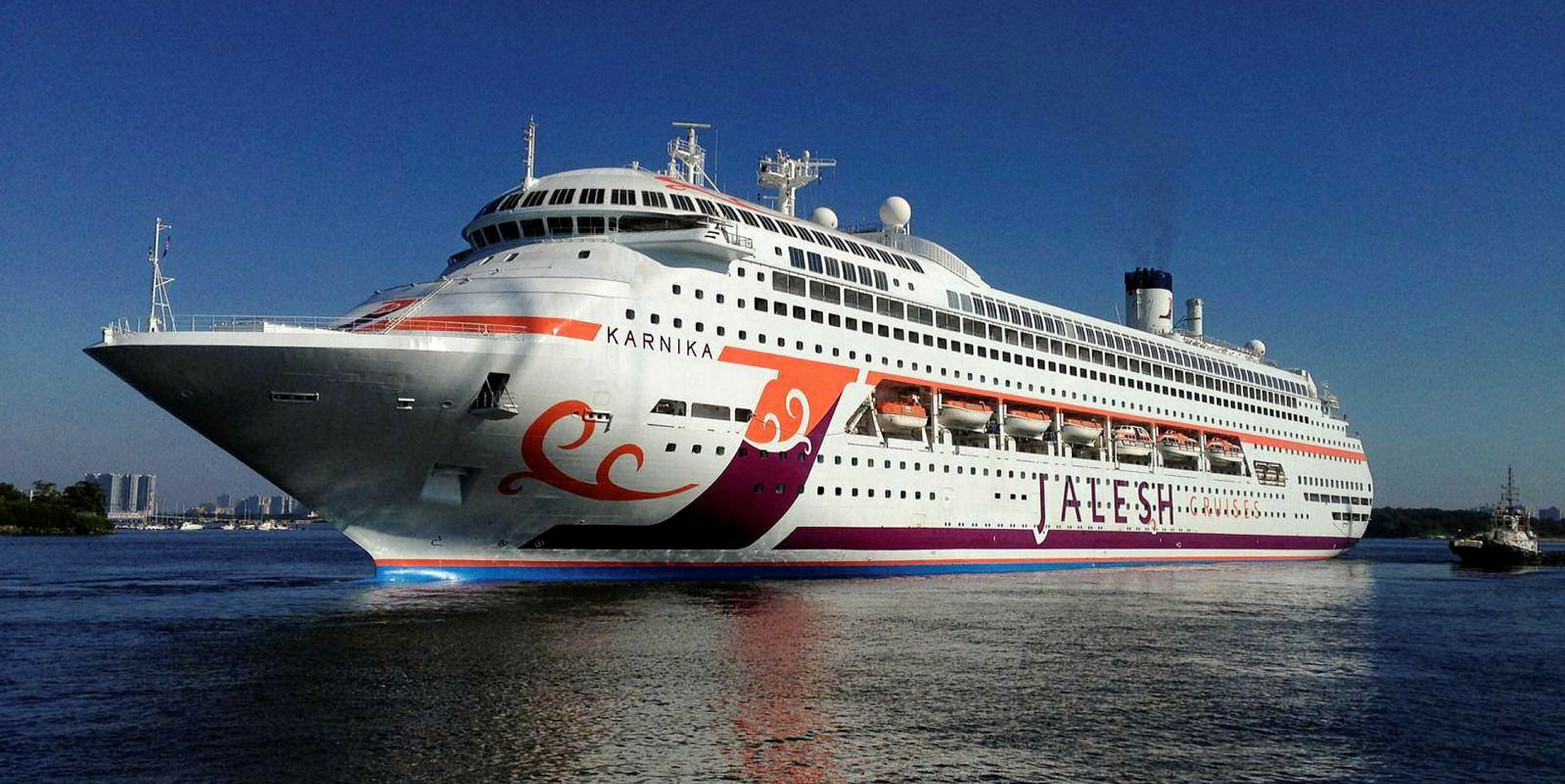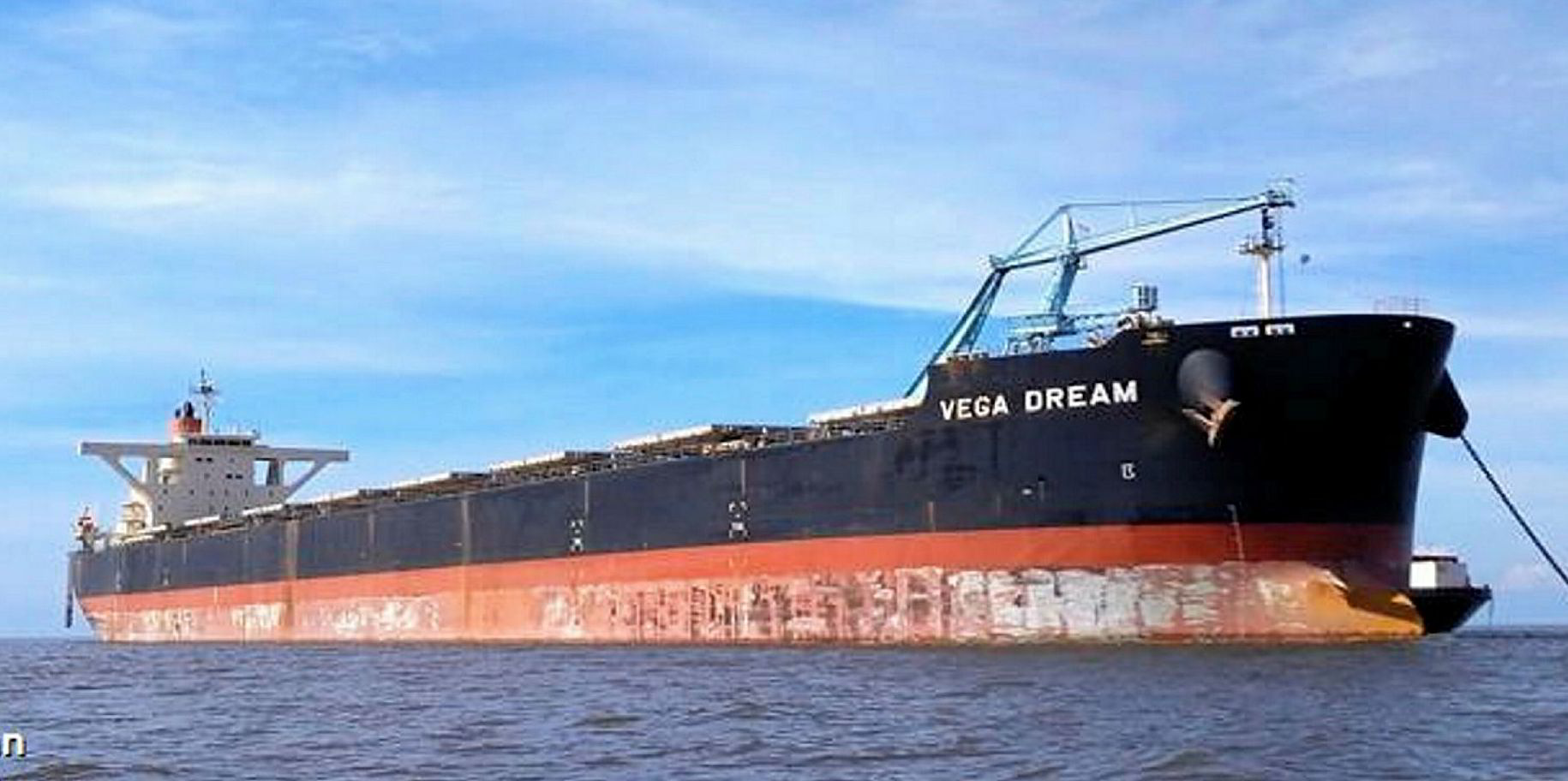Clarksons Research has revealed data showing deep-sea port calls are now just 3% below a year ago, before anyone had heard of Covid-19.
Analyst Trevor Crowe said the figures from August and September this year suggest that "perhaps the peak impact" on seaborne trade has passed.
Chinese activity remained positive, up 7% year-on-year in September, said the research arm of shipbroker Clarksons.
Total Asian activity was flat, as was US activity, but this still represented a big swing compared to a 15% drop in June and July.
Europe still lagged a little behind, down 8% year-on-year in September, Clarksons Research said.
Asia's share of global deep-sea calls increased from 37% in February to 43% in July and 41% in September.
"Of course, great uncertainty still exists, and major pressures remain outside the deep-sea cargo sectors," Crowe said.
Including smaller ships, overall port call activity was 9% down year-on-year globally last month.
Cruiseship and passenger ferry activity remains steeply lower, by 82% and 26% respectively.
"However the improvement in deep sea cargo activity signals that some of the worst-case scenario impacts may have been avoided so far," Crowe said.
"Still, with second-wave risks building in many countries, a bumpy ride likely remains ahead, and tracking port call activity will continue to provide useful near-term data points."
Shock impact in the past?
Crowe added that, although it might seem a long time ago now, the initial Covid-19 outbreak saw deep-sea ship activity in China fall 12% year-on-year in February and March.
On a global basis, the drop was 3% in April as the virus spread, and 9% by May.
The European impact was at its worst in May, with a 13% plunge in calls. The US also saw its biggest fall that month, at 25%.
"With over 40% of the world population in lockdown, and economic activity stalling, the severity of the impact at the time was more acute than during the global financial crisis," Crowe said.
However, in China, as the economy re-started, port call activity topped 2019 levels by April, and was up 7% year-on-year by June.
Projections for the decline in global GDP in 2020 average around 4%, nearly double the contraction across the financial crisis in 2008.
Clarksons own forecasts suggest world seaborne trade will also drop by 4% this year.





